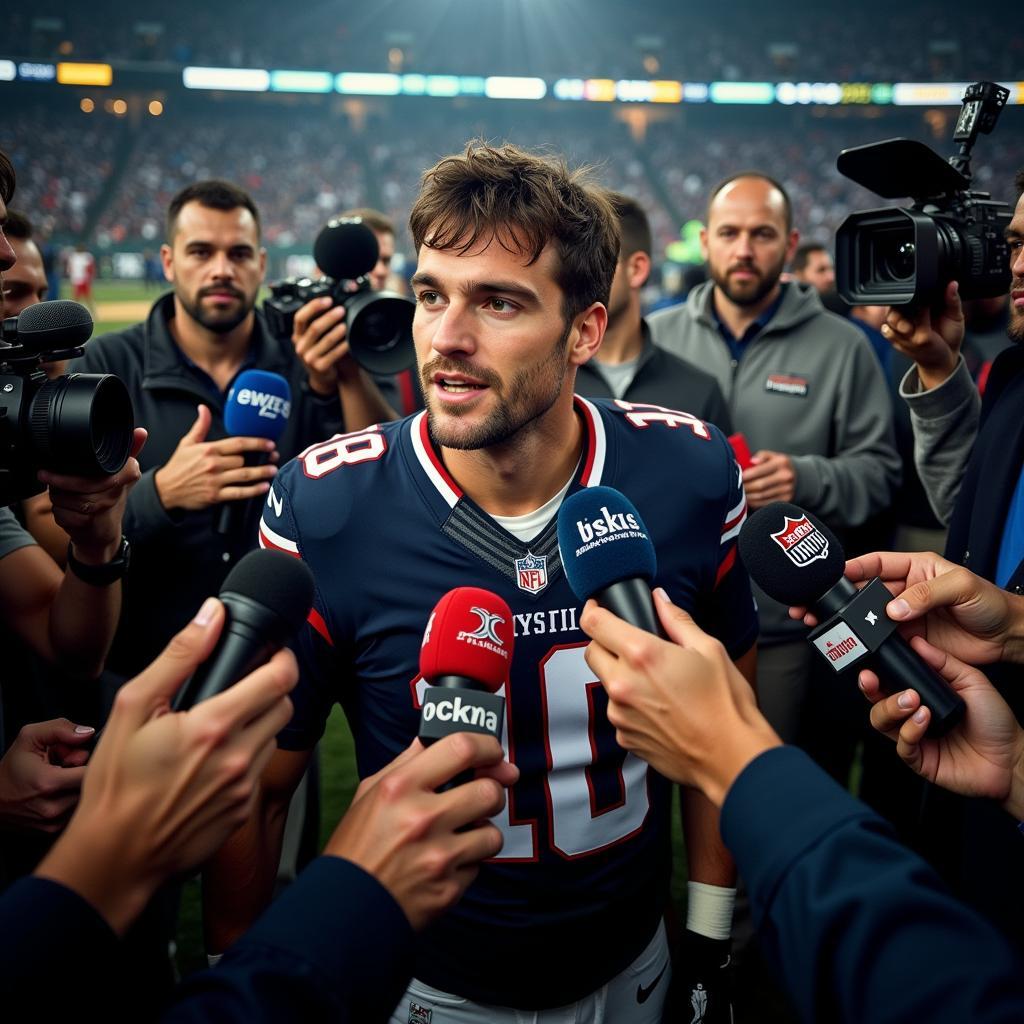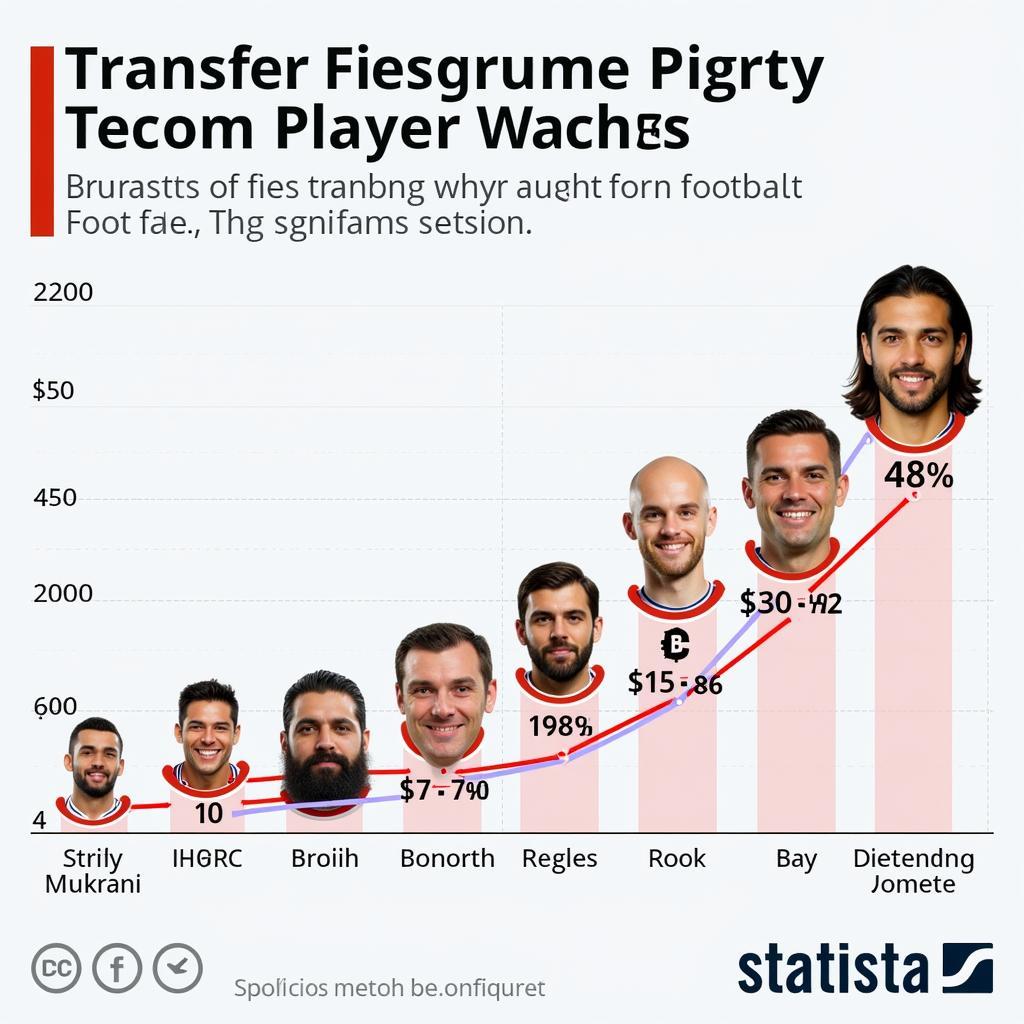Player Transfers: The Driving Force Behind Football’s Evolution
October 19, 2024Player transfers are the lifeblood of professional football, shaping the destinies of clubs, players, and the beautiful game itself. Every transfer window brings a flurry of activity, as teams strategically acquire and offload talent in a bid to achieve their ambitions. But what are the underlying factors that influence these high-stakes transactions, and how do they impact the landscape of football?
The Dynamics of Supply and Demand in Player Transfers
At its core, the transfer market operates on the fundamental principles of supply and demand. Highly sought-after players, with their exceptional skills and star power, represent a limited commodity. This scarcity drives up their value, as clubs engage in fierce competition to secure their services.
 High Demand Player
High Demand Player
Conversely, players with less impressive track records or those deemed surplus to requirements by their current clubs find themselves in a buyer’s market. Their transfer fees are typically lower, and negotiations may involve more compromises.
Factors such as age, injury history, and contractual obligations further influence a player’s market value. Young prospects with immense potential often command hefty fees, while older players nearing retirement may be available for more modest sums.
The Financial Power Play: Transfer Fees and Wages
Transfer fees have skyrocketed in recent years, fueled by lucrative broadcasting deals and the influx of wealthy owners into the sport. These astronomical sums reflect not only a player’s on-field abilities but also their commercial appeal and global brand recognition.
 Transfer Fees and Wages
Transfer Fees and Wages
In addition to transfer fees, player wages constitute a significant portion of a club’s expenditure. Top players command salaries that rival those of A-list celebrities, underscoring their status as prized assets.
The financial muscle of a club plays a crucial role in its ability to attract and retain top talent. Wealthier clubs often hold an advantage, as they can outbid rivals and offer more lucrative contracts.
Tactical Considerations: Building a Winning Formula
Beyond the financial implications, player transfers are also driven by tactical considerations. Managers meticulously assess their squads, identifying strengths to leverage and weaknesses to address. They target players who complement their playing style and fill specific roles within the team’s formation.
A successful transfer involves more than just acquiring a talented individual; it’s about integrating that player seamlessly into the existing squad and maximizing their impact on the pitch. Factors such as team chemistry, tactical adaptability, and the player’s willingness to buy into the manager’s philosophy are paramount.
The Human Element: Aspirations, Ambitions, and Legacy
While financial and tactical considerations loom large, it’s important to remember that player transfers involve human beings with their own aspirations, ambitions, and legacies. Players may seek transfers to pursue greater playing time, compete for prestigious titles, or experience different leagues and cultures.
“A player’s career is finite,” says renowned football agent, Alessandro Lucci. “They want to make the most of every opportunity and leave an indelible mark on the game. Sometimes, a transfer is the best way to achieve those goals.”
Conclusion: The Ever-Evolving World of Player Transfers
Player transfers are an integral part of football, constantly reshaping the competitive landscape and captivating fans worldwide. As the sport continues to evolve, driven by financial might, tactical innovations, and the ambitions of players, one thing remains certain: the transfer market will always be a hotbed of speculation, excitement, and game-changing possibilities.